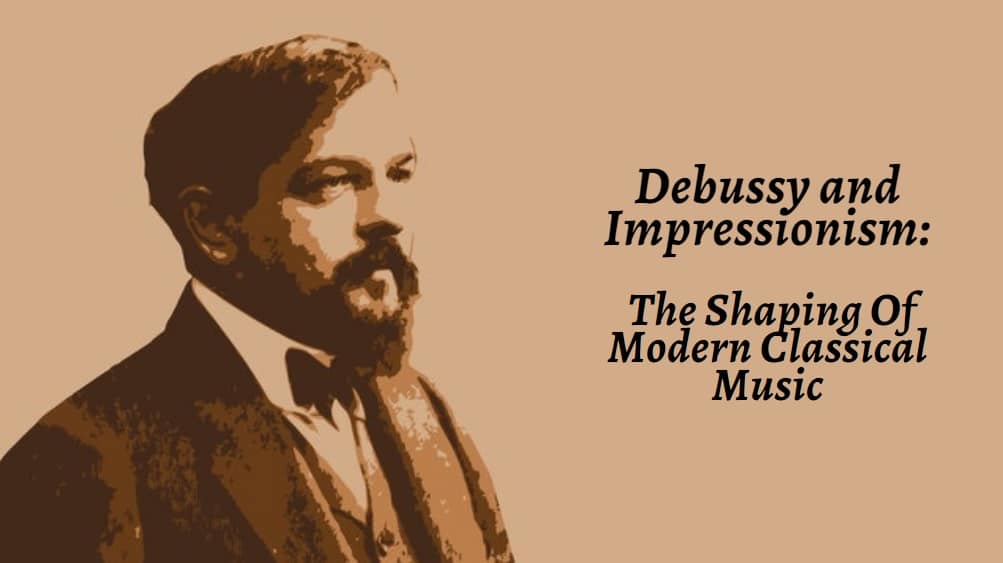
French composer Claude Debussy did not align himself with the movement that became known as Impressionism.
Understandably, Debussy resisted this classification as with it could come restrictions, expectations, and musical limitations that he was likely to wish to move beyond.
Debussy’s music glitters, dances, and enchants us, and whether or not we are happier to place his music in this category to suit our own needs is a matter for each individual.
Debussy would probably agree with us that his music was pioneering, groundbreaking, and opened one of the doorways to the world of modern music and beyond.
Debussy and Impressionism: The Shaping Of Modern Classical Music
One of the central reasons for aligning Claude Debussy and Maurice Ravel, in particular, with the art movement called Impressionism is that it was felt that their music mirrored the work of the impressionist artists.
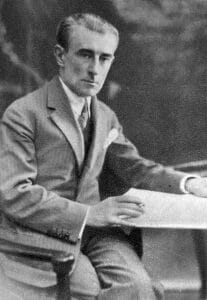
As a student at school, I recall my teacher telling us that the music of Debussy was somehow blurry, like the artwork of Monet. There is an element of truth in what she was saying, however, this is a pale and inadequate comparison.
As I later discovered, the works of the impressionists capture a moment in time without the pinpoint clarity you might expect to see from earlier works, but this doesn’t explain a few key aspects of the music.
Debussy and Ravel, to mention the two dominant musical figures of their age, composed music in very different ways from their predecessors. Tonality was breaking down.
The long-held orientation around a key signature was quietly dissolving. This is certainly as true in Wagner’s music as it is in Debussy’s.
Impressionist composers began to look further afield for their inspiration as well as backward in time to the Baroque.
In the case of Debussy and Ravel, they took advantage of the world growing ever closer as distant travel became safer and cheaper.
What this meant is that they heard music from countries that centuries before would have been all but impossible. The indigenous music of Java and Bali, in particular, made a strong impact on these composers.
This meant that different scales, such as the whole tone and pentatonic scales, became incorporated into their scores.
A harmony that increasingly stretched the boundaries of tonality by using augmented chords or extended chords like the 7th, 9th, 11th, and 13th.
In this way, there was also the influence of early jazz, and the rhythms of this genre of music crept into Debussy’s music. The ragtime syncopation, for instance, features in Debussy’s General Lavine from Debussy’s second book of Piano Preludes.
In addition, scales like the whole-tone enabled these composers to bring a completely original sonority to their music. Basing chords on the interval of a fourth rather than the traditional major or minor third gave rise to quartal harmony.
Again, there are echoes of jazz here, but more importantly, perhaps, the intentional move away from tonality.
These changes heralded a massive shift in musical thinking that carved out an inspired route out of the Romantic Era.
Not only were there major developments in harmony, but the structures of an older period were reworked into a 20th-century context.
If you take a close look at many of Ravel or Debussy’s music, you’ll soon discover sarabandes, arabesques, minuets, and many other dance forms from as far back as the courts of the Renaissance.
In some respects, this initiative paid homage to the masters of the past but also opened the door to a movement called neo-classicism. Two composers who, in my opinion, excelled in this genre are Prokofiev and Stravinsky.
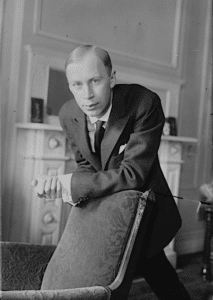
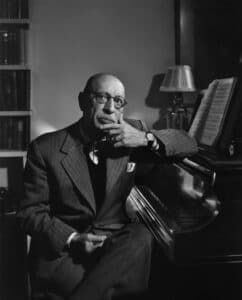
Amongst these traditional forms come more unusual rhythmic metres. You find time signatures no longer exclude the 5s, 7s, 9s, and even 11s.
Time signatures also change within a single piece instead of remaining the same throughout. This brings a degree of unpredictability to the refreshing and enlightened music.
It brings about flexibility in the music, like a dancer improvising according to pure emotional responses.
Further to these evolutionary steps in music came how composers like Debussy used the instruments he composed for. By this, I mean his writing for the piano, for example, is far from traditional.
The range he employs is large. He plays with the innate sonority of the instrument, drawing bright colours and shapes from the piano. His use of pedalling is another aspect of his unique use of the instrument.
It isn’t simply used to help with harmonic clarity but to enhance the piano’s specific timbre and gently allow phrases to merge undisturbed. All three of the pedals became vital to the sound of the pieces.
When you listen to the orchestral music of Debussy and Ravel, you hear sounds that, at the time, must have been quite a surprise, even a shock to some.
Instrumental combinations bucked the conventions of past eras to conjure richer, subtler textures that tease the ears and the emotions.
All the passion and power of the Romantic Era did not vanish but was brought out of the orchestra with a fresh vibrancy like the discovery of a new invigorating taste in a familiar dish. Debussy’s orchestral music was both exotic and accessible, beautiful yet austere.
The orchestra evolved a further step under the stewardship of the impressionists. They were not the only ones to bring new instruments to the institution of the orchestra; however, some of their choices remained popular.
Adolph Sax‘s invention dates from the 1840s. Both alto and tenor saxophones feature in music of this time to great effect.
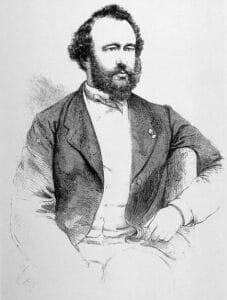
The haunting, melancholy brilliance of the saxophone seamlessly complimented the existing woodwind section. It also reflected the influence of jazz. Ravel’s Bolero makes first-class use of a variety of saxophones.
Other unusual instruments came to the party, including the bass and contrabass clarinet, the contra-bassoon, and the alto flute.
The selection of percussion instruments significantly expanded, adding many instruments from across the world, such as the crotales.
Each of the instruments, plus many more, brought a whole new range of possibilities for Debussy and his fellow composers.
These major shifts in approach to composition by Debussy and his fellow composers were groundbreaking.
Music started to embrace the influences of the wider world and found new depths of expression and ways of evoking emotions, images, or stories. It was a time of great change across the globe.
What Debussy gave to that new world was unparalleled and paved the way for many future composers.
